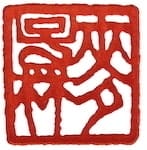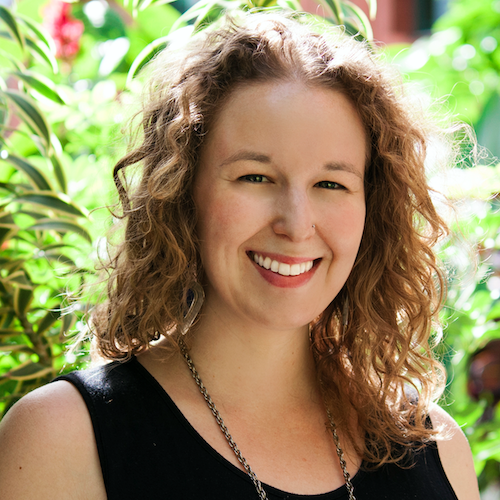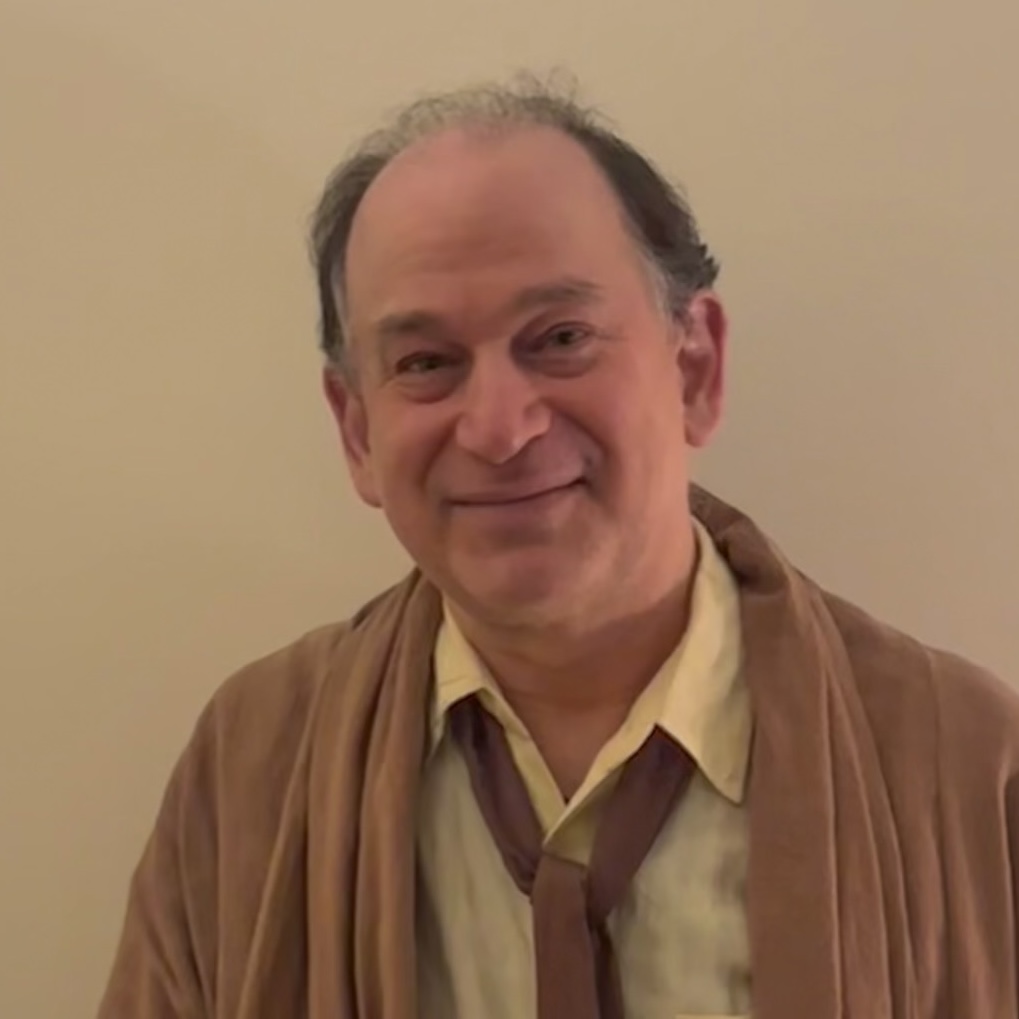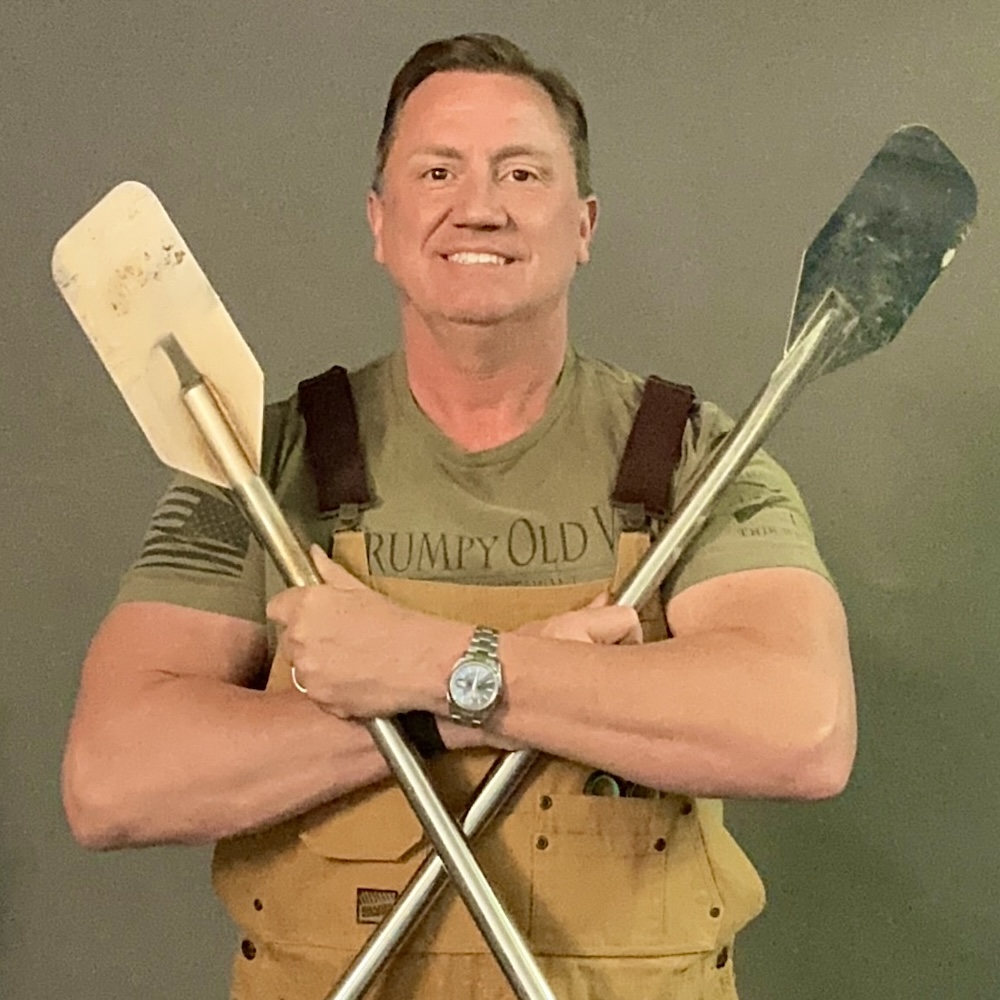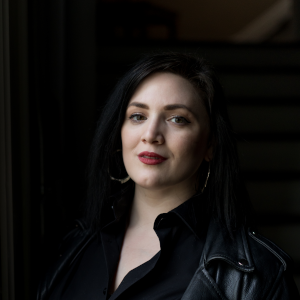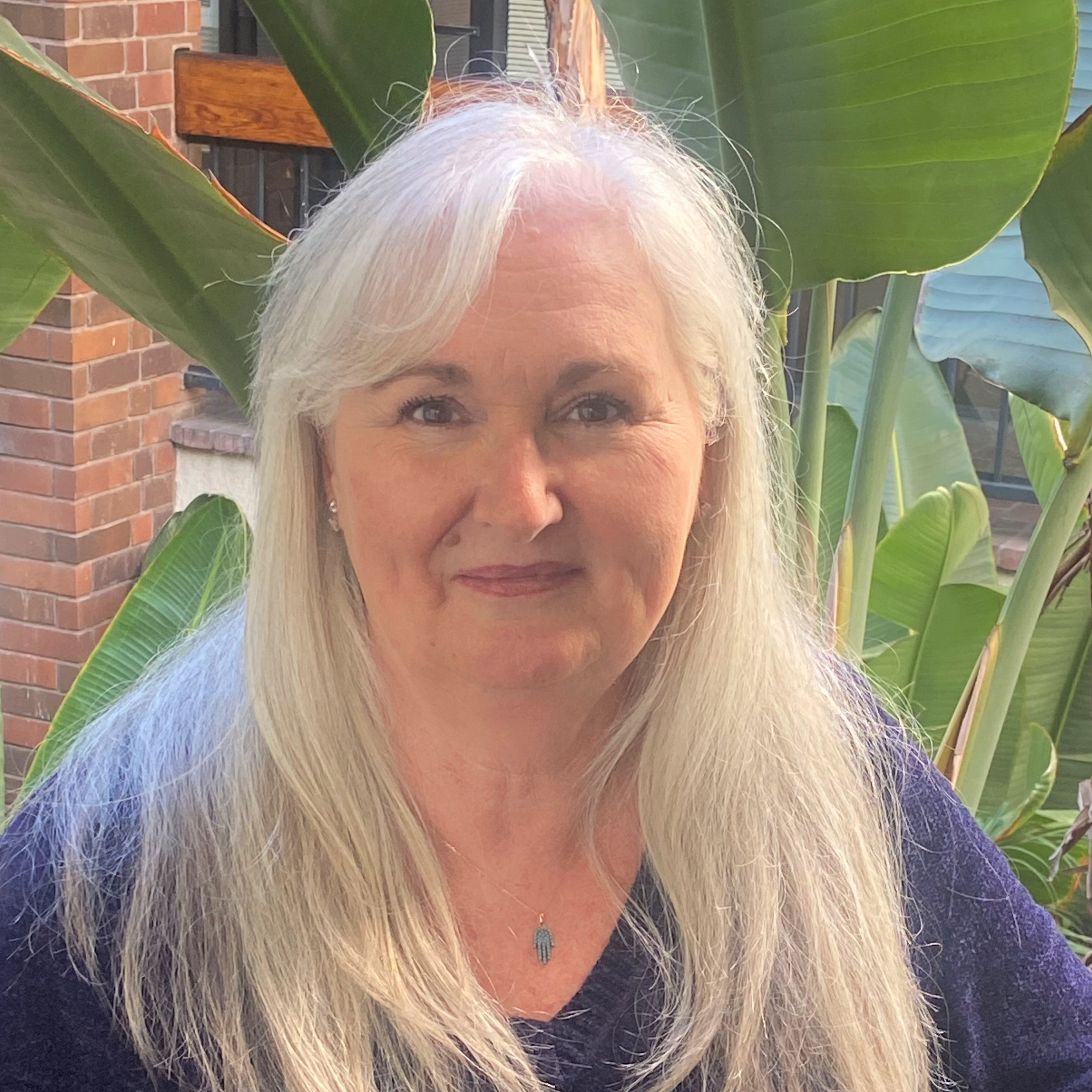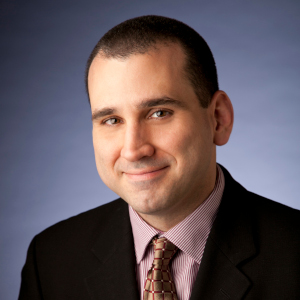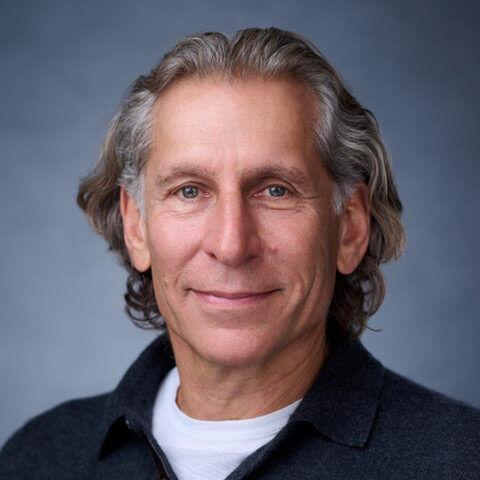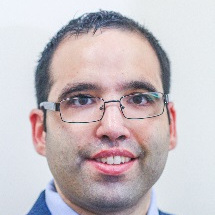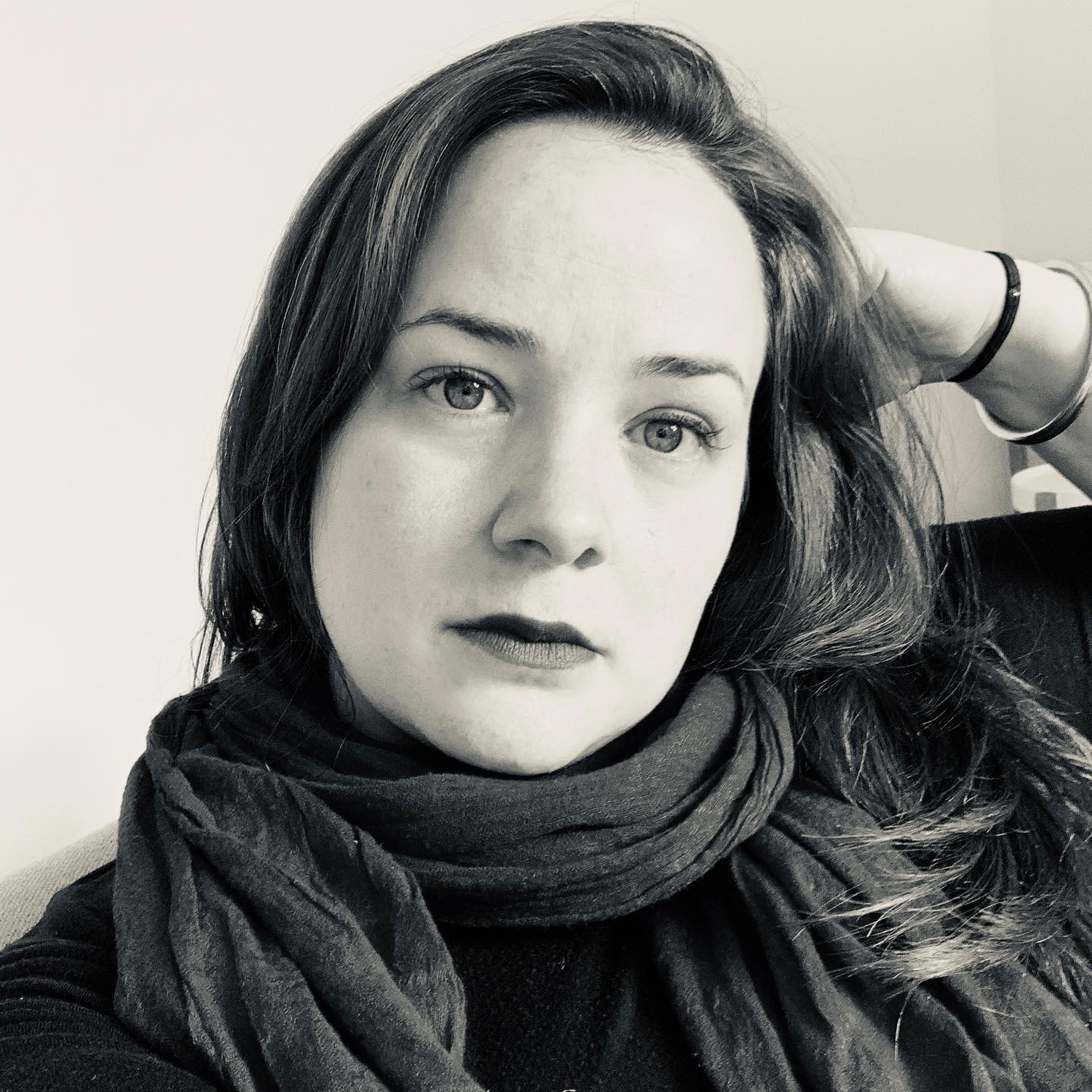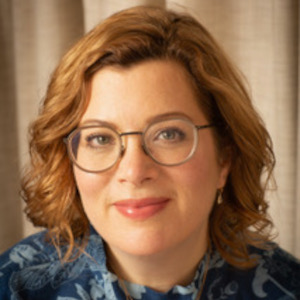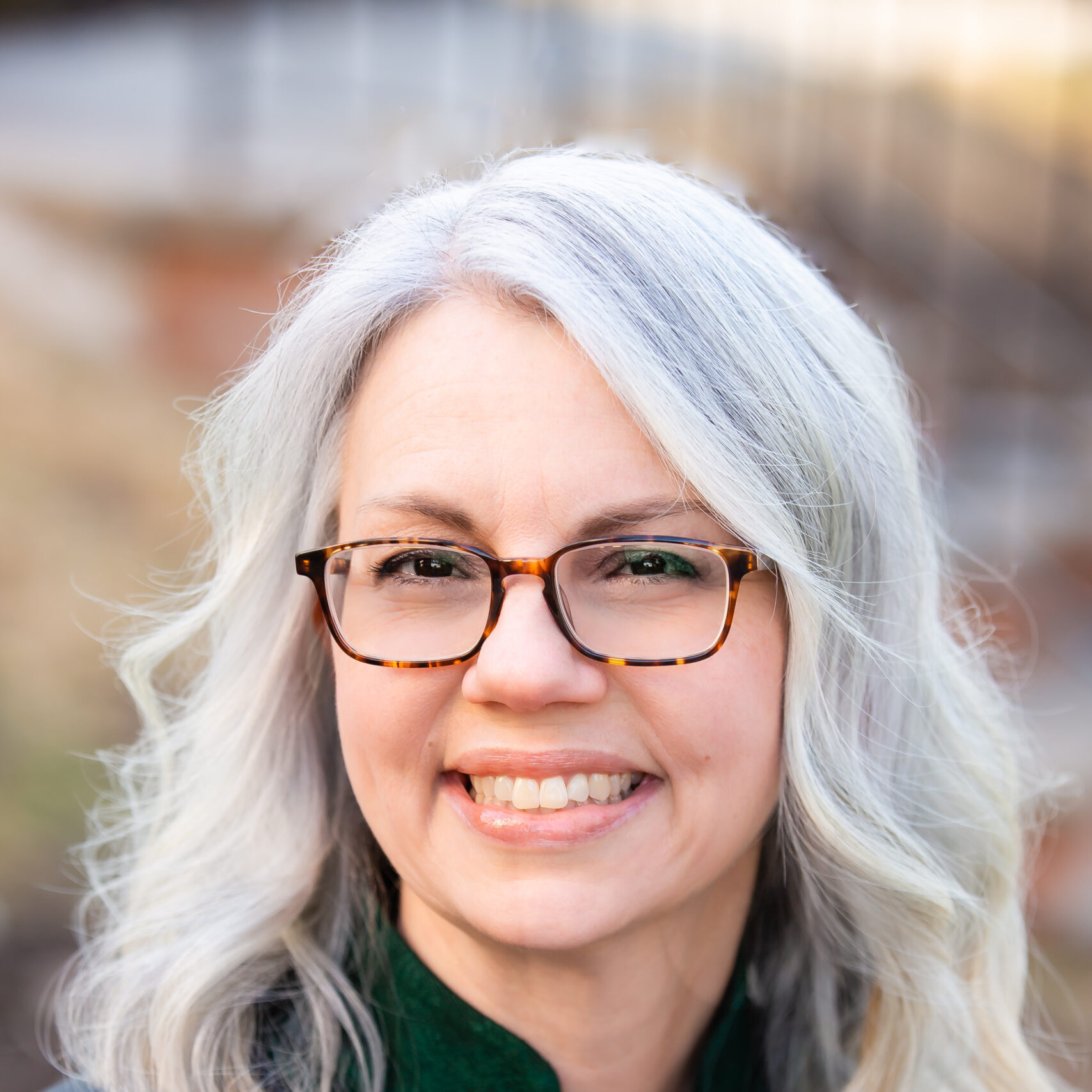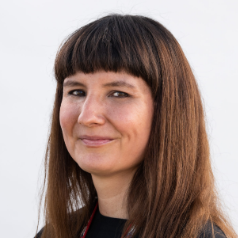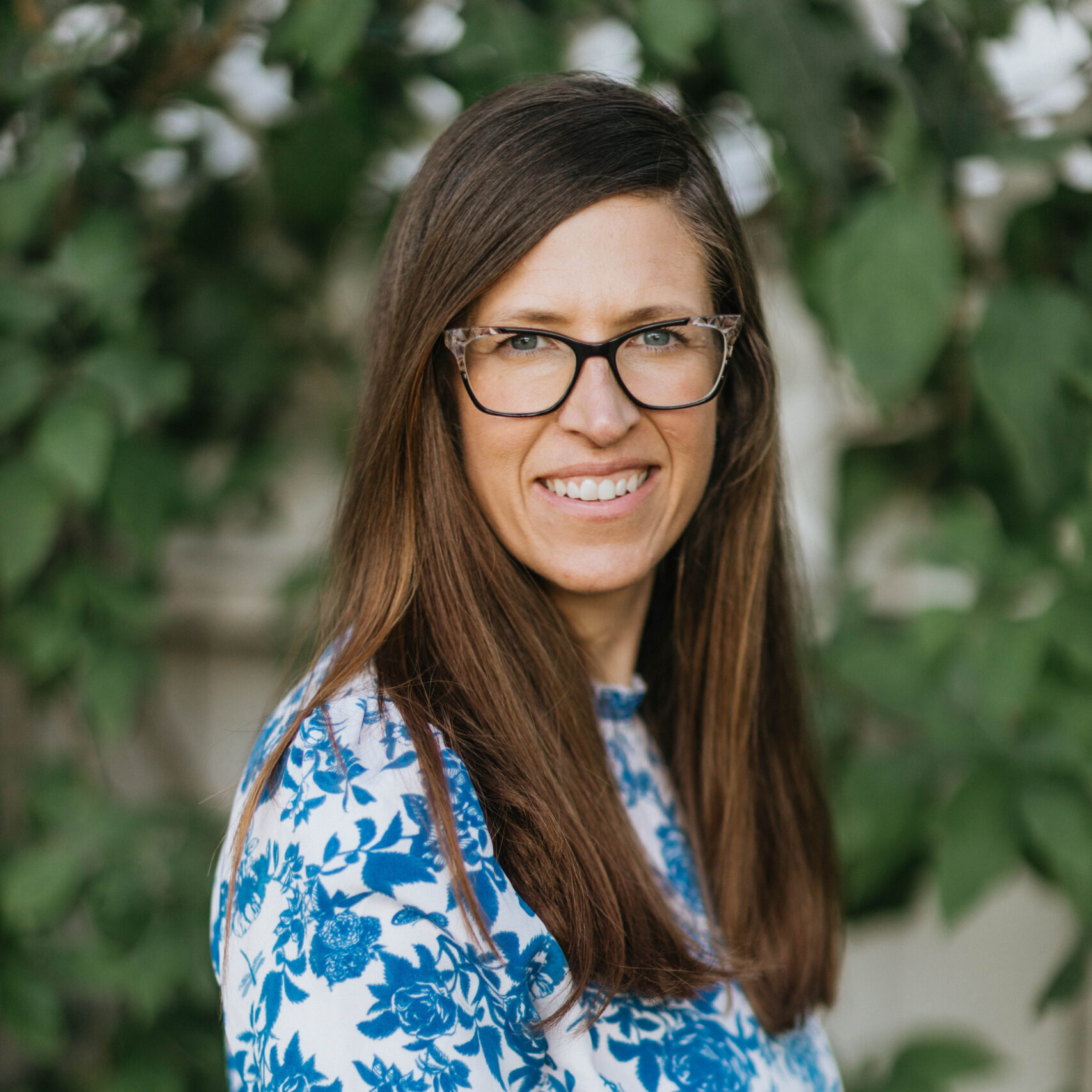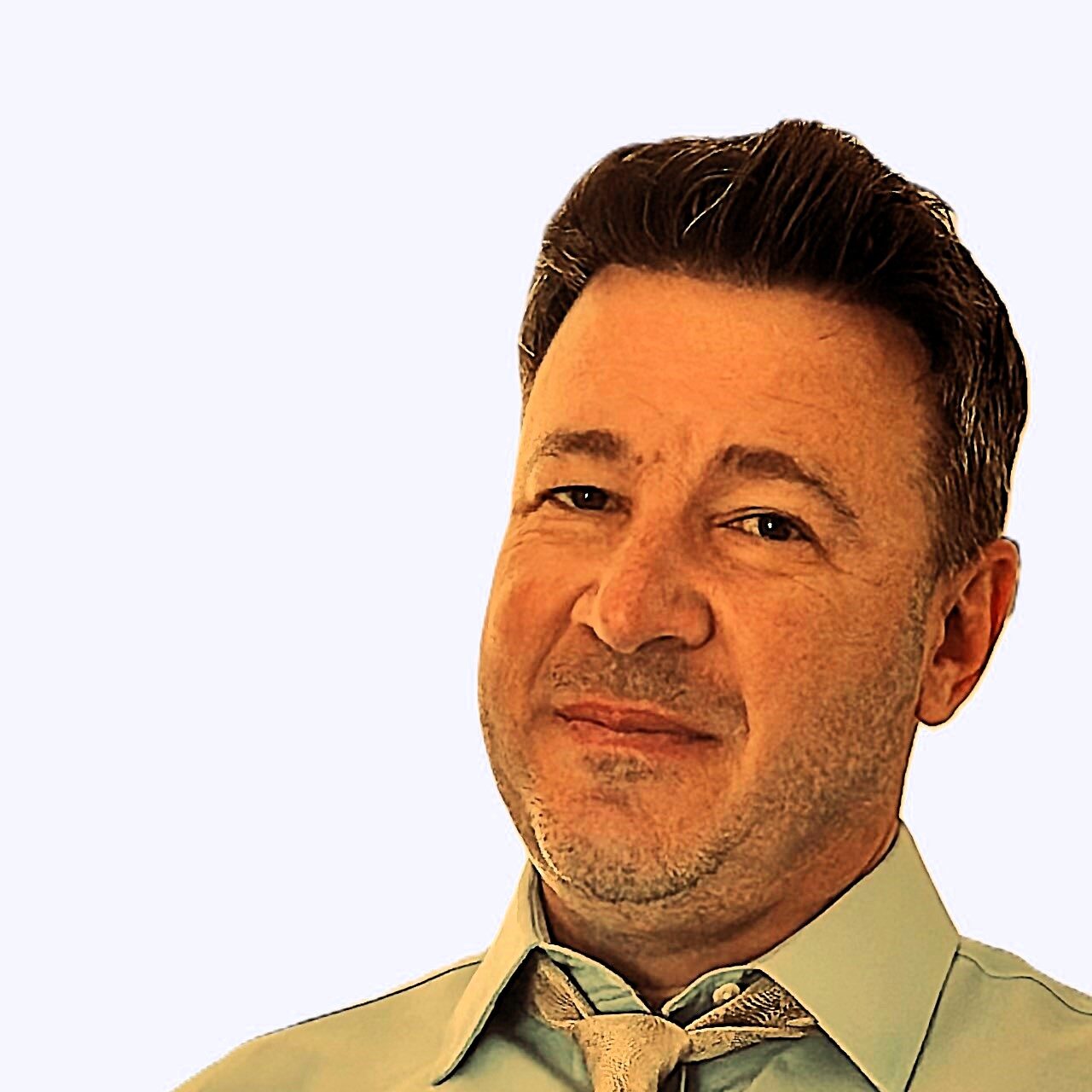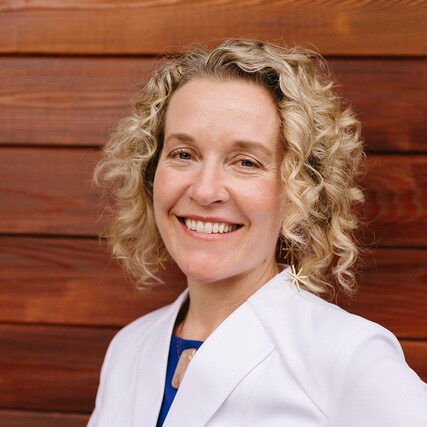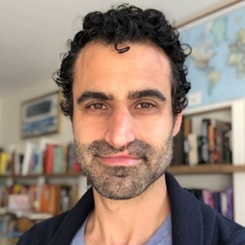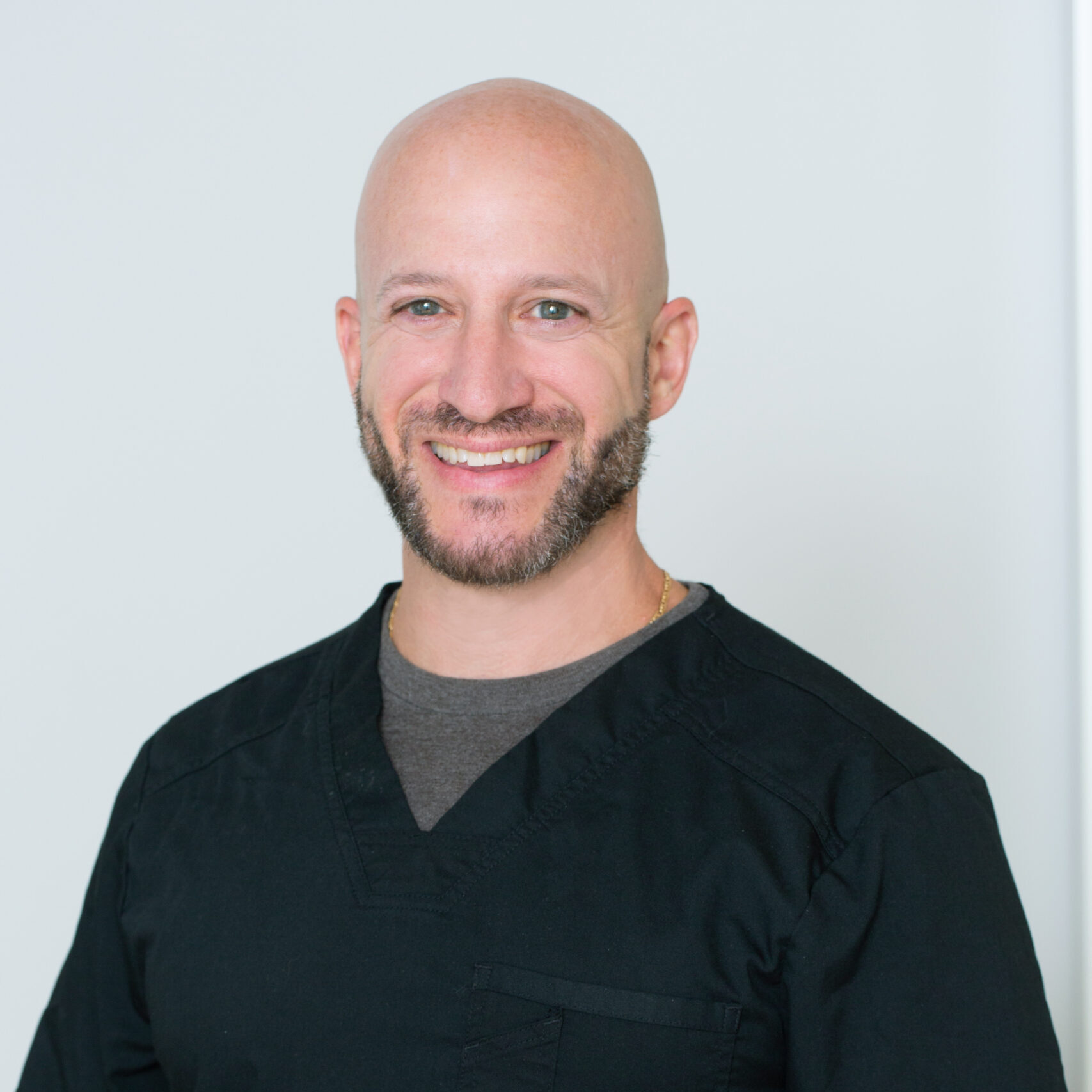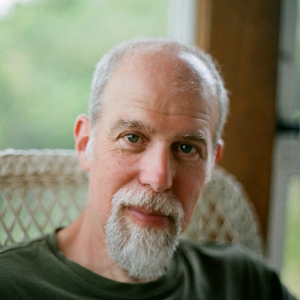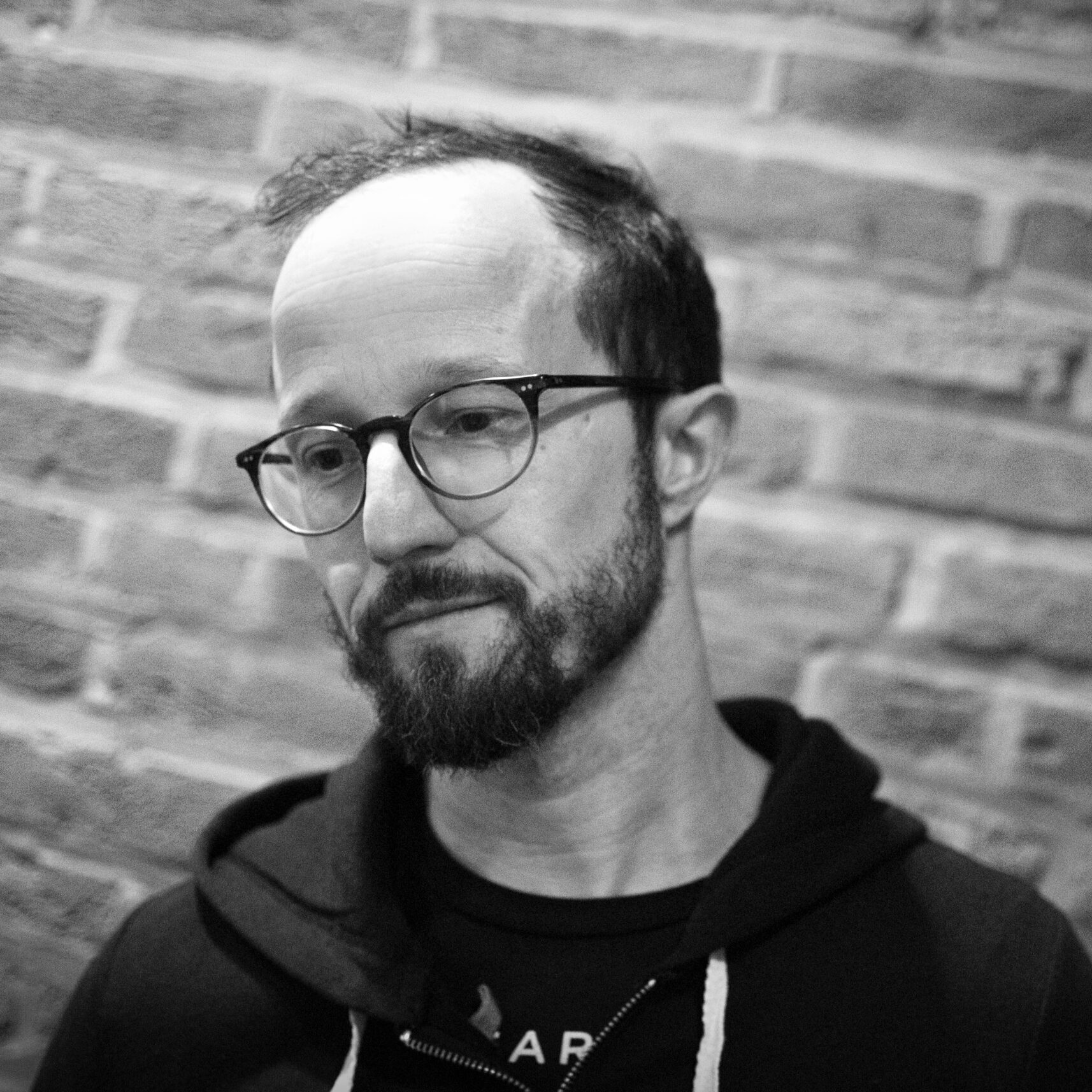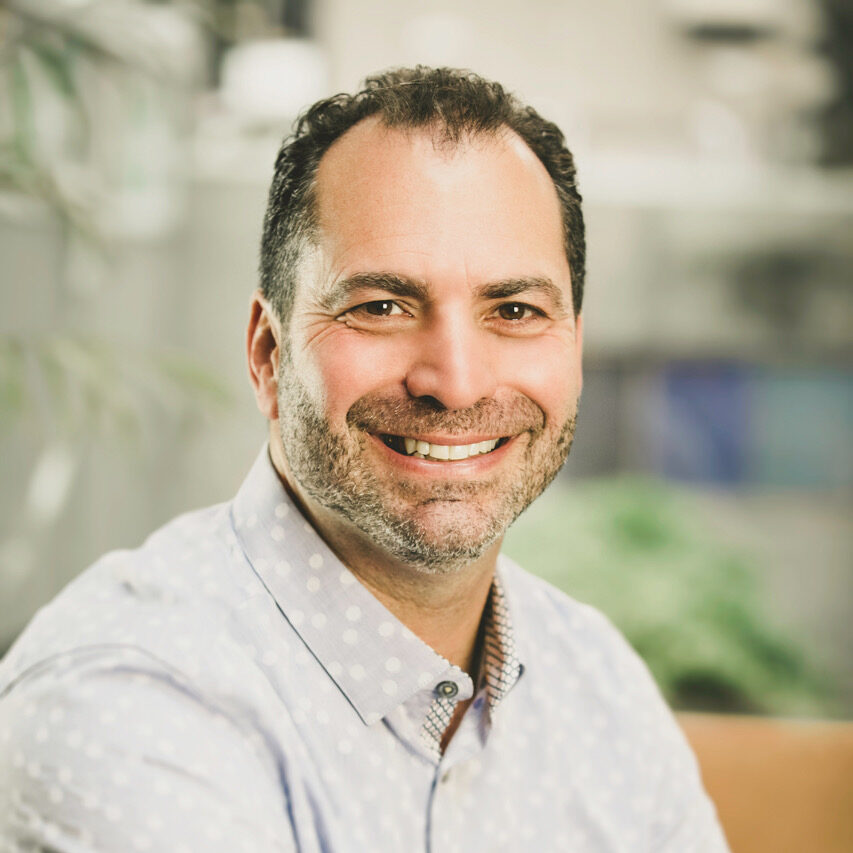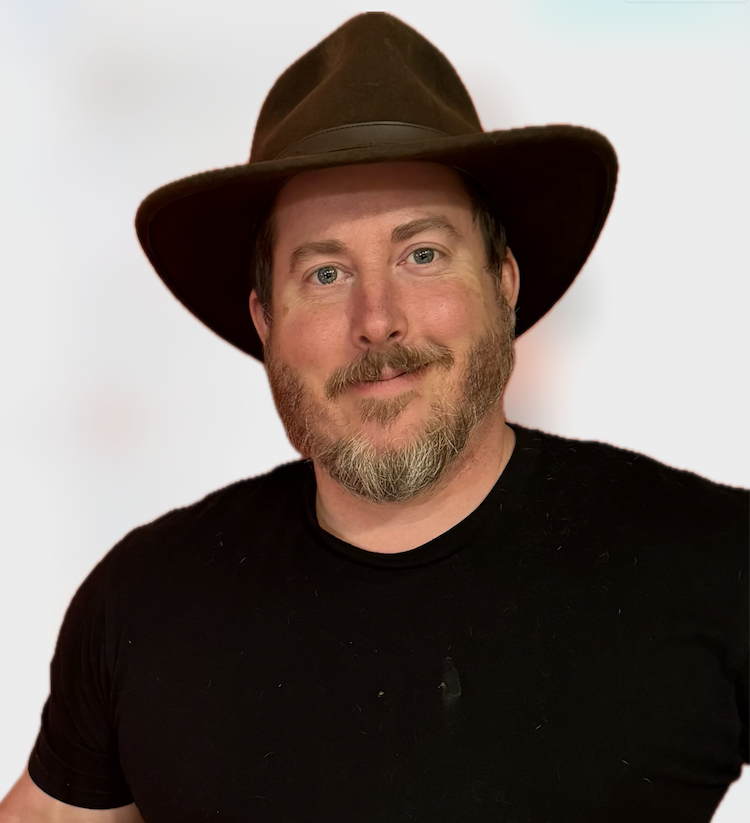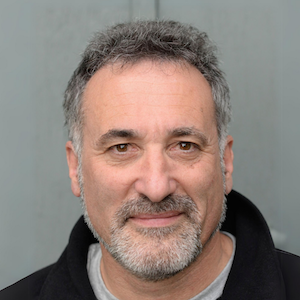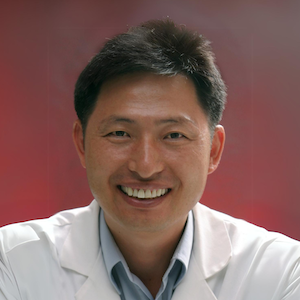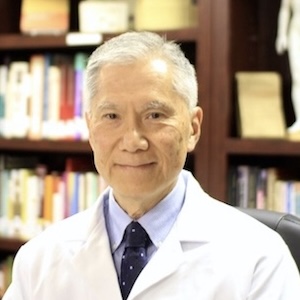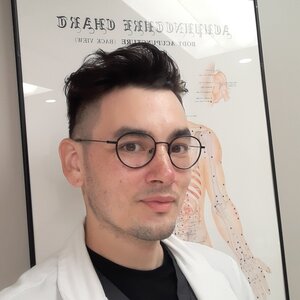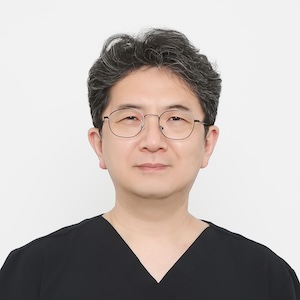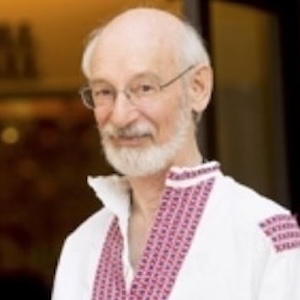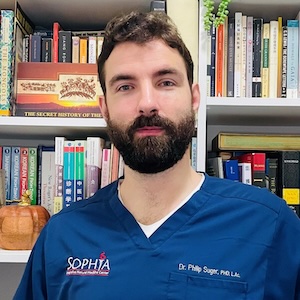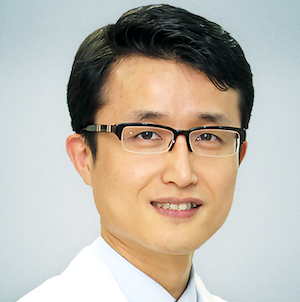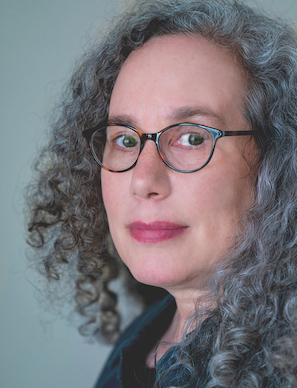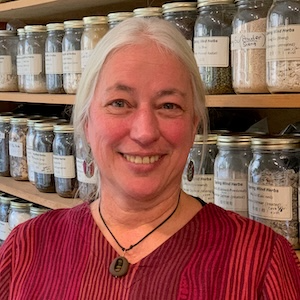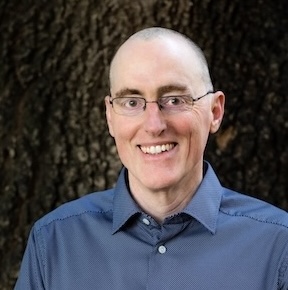Sometimes takes an instant to know you might fall in love with something. And then it takes years, even decades to unfold all contained in that initial spark.
When it comes to the study and practice of Chinese herbs, you’re signing on for a lifetime of learning. Some would see that as a barrier, other’s as an opportunity.
The guest of today’s podcast conversation took it as an opportunity. One that not only has helped her to expand her own clinical understanding, but also assist others with their study and clinical application of Chinese herbal medicine.
Listen into this conversation on how one person’s passion has helped to create a conference and resource network for those interested in Chinese herbal medicine.
In This Episode We Discuss
- Dr. Yu’s book “A Walk Along The River”
- Sally's favorite resources
- The Hu Xi-Shu & Feng Shi-Lun perspective
- Thoughts on some formulas
- What's changed Sally's thinking in the past 10 years
One of my favorite insights from studying the SHL is the differentiation of wind-heat and wind-cold. Where I practice, many savvy non-practitioners know about Yin Qiao San or Gan Mao Lling and take it at the first sign of a cold. However, most people in the NY area I find present with a scratchy throat when they first get sick. I stock Gui zhi tang individualized granule packets in my office, sell them for 50 cents and use them for these symptoms with “the method”:
1 Drink Gui zhi tang tea.
2 Eat one cup of oatmeal (traditionally rice congee)
3 Get under the covers and rest for at least 2 hours to promote a slight sweat or feeling of warmth to resolve the wind-cold.I have copies of these instructions printed up to hand out to my patients. I give many patients a back up supply to have on hand.The method works like a charm! Of course, if someone presents with clear indication of wind-heat – a severe sore throat, the Yin qiao san or Gan mao ling could be used at an early stage to treat their condition.
Sally Rappeport
 I started out as a dancer and evolved from there into healing my body with sound and breathing techniques. Eventually I explored Chinese Medicine theory, studying with Jeffrey Yuen in Chinatown in NY and fell in love with the herbs. I loved the way they looked and smelled and so many of them were roots, with a very earthy quality. Once I got through acupuncture school and started practicing, I grounded my affinity with the plants themselves by doing an internship at High Falls Gardens with Jean Giblette (I’m now on the board of the High Falls Foundation). At some point I decided to dive deeper into the intellectual practice of studying the Shang Han Lun in order to become a more effective herbalist. I think studying with Sharon Weizenbaum helped me feel much more confident in my diagnostic skills and then studying with Dr. Feng Shi-Lun, the SHL formulas and the 6 conformations became even more clear.
I started out as a dancer and evolved from there into healing my body with sound and breathing techniques. Eventually I explored Chinese Medicine theory, studying with Jeffrey Yuen in Chinatown in NY and fell in love with the herbs. I loved the way they looked and smelled and so many of them were roots, with a very earthy quality. Once I got through acupuncture school and started practicing, I grounded my affinity with the plants themselves by doing an internship at High Falls Gardens with Jean Giblette (I’m now on the board of the High Falls Foundation). At some point I decided to dive deeper into the intellectual practice of studying the Shang Han Lun in order to become a more effective herbalist. I think studying with Sharon Weizenbaum helped me feel much more confident in my diagnostic skills and then studying with Dr. Feng Shi-Lun, the SHL formulas and the 6 conformations became even more clear.
The way I treat patients is constantly evolving still after 20 years of practice. Several years ago, in my tiny Brooklyn office, I added a granular herb pharmacy. It was not my ideal, but it was pragmatic for both me and my patients. It enabled me to individualize formulas, provide a small amount of a formula for a few days, to keep the prices down and to keep working on refining my formula modifications. Right now I’m planning to create a database of cases with formulas to use for teaching in the future. In the past I’ve stayed old school and kept paper charts. I look forward to the possibilities of having a database that will enable me to systematically look at modifications of formulas also.
And Support from Mayway Herbs
Links and Resources
Visit the website of the Shen Nong Society
For more information about the cultivation of Chinese herbs in the US visit High Falls Gardens
Sally found Sharon Weizenbaum's Graduate Mentorship Program to be helpful
Here is a terrific introduction to the methods of Drs. Hu Xi-shu and Feng Shi-Lun
Join the discussion!
Leave a comment on Qiological's Facebook page.
